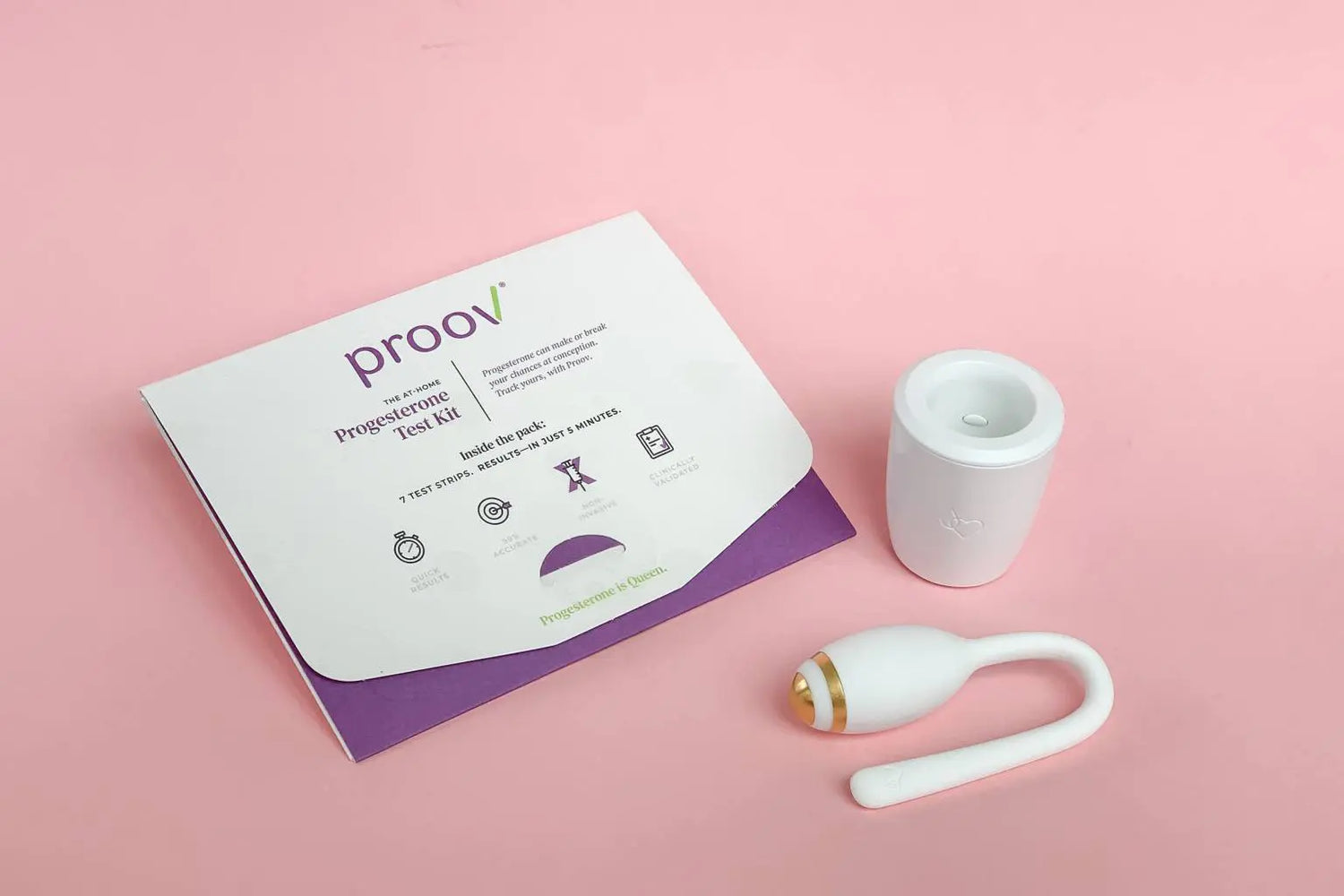You may have heard of progesterone before, but PdG may not sound as familiar. So, what is it? PdG is the urine metabolite of progesterone. Once progesterone rises after ovulation, it gets metabolized to PdG in the liver and comes out in pee. So it can be a great way to non-invasively see if you’ve successfully ovulated! Let’s dive in to find out more about why this matters.
Successful ovulation is needed to successfully conceive.
Did you know that problems with ovulation are the leading cause of female infertility? If you aren’t having healthy ovulation, it can make it very difficult to get and remain pregnant.
Regular ovulation is a sign of good health and well-being.
In fact, the American College of Obstetrics and Gynecology considers your period and menstrual cycle to be critical indicators of overall female health.
Tracking PdG over multiple days can confirm successful ovulation!
Other ovulation confirmation methods include basal body temperature (BBT) tracking and blood progesterone testing. While BBT can be helpful at providing a sign that ovulation has happened by tracking the slight temperature increase that occurs when progesterone is present after ovulation, this method is tracking a secondary symptom and can be impacted by sickness, alcohol consumption, or a toasty toddler sharing a bed. Plus, the temperature change will indicate that progesterone is present, but falls short of showing if adequate levels are present.
Progesterone blood tests—available both at the doctor and through mail-in kits—provide a precise progesterone level. This can be helpful in determining if ovulation has occurred, but it is only a one-point-in-time measurement and because progesterone is released in waves throughout the day, it can fall short of showing the full ovulation picture.
PdG, on the other hand, is the urine metabolite of progesterone. Published studies have shown that tracking PdG over multiple days—seven to ten days after suspected ovulation—can confirm successful ovulation, meaning that ovulation was healthy and provided the best chance at possible conception that cycle.
Predicting and Confirming Ovulation = you need both!
Equally important when it comes to conceiving is accurately predicting ovulation. This is important so that a couple knows when fertility is at its highest, and they can time intercourse appropriately. kegg uses advanced sensor technology, known as impedance, to achieve more robust fluid sensing when detecting changes in cervical fluids before ovulation. By using this technology, kegg is intended to help predict an earlier and more precise fertile window in comparison to probability-based solutions, which estimate fertile windows and are rarely accurate for irregular cycles.

By using kegg for tracking cervical mucus to predict fertile window and tracking PdG after ovulation, a woman can complete the ovulation puzzle by confirming that successful ovulation has, in fact, occurred—and both pieces are critical to moving you forward in your trying-to-conceive journey!
Sounds great! How do I test for PdG?
Enter Proov!

Proov is the first and only FDA-cleared test that measures PdG over multiple days to confirm successful ovulation! If healthy ovulation has occurred, PdG levels rise in the second half of the cycle, or luteal phase, after suspected ovulation. Proov works by measuring PdG, the urine metabolite of progesterone, on days seven, eight, nine, and ten after your peak fertility day. If a woman gets positives during this window, then great—she can feel confident that she successfully ovulated that cycle! And if tests never go positive or don’t stay positive throughout the window? That could indicate a lack of ovulation or suboptimal ovulation, both of which can often be fixed through simple medications or supplements rather than more invasive treatments like IVF. In some cases, natural solutions can do the trick as well!
Regardless of results, Proov provides powerful information that can help couples move forward by either ruling out or detecting ovulatory problems that might make it more difficult to conceive.
Tracking cervical mucus in the first half of your cycle is a great way to understand when you are most fertile. Using Proov in your luteal phase (second half of your cycle) can confirm successful ovulation by tracking PdG levels 7-10 DPO. Both tools, when used together, make a great pair for understanding your cycle and knowing your body is hormonally ready for conception.
Healthy ovulation is so important when it comes to trying to conceive. With kegg and Proov, you can see the full fertile cycle and be empowered with more valuable information sooner.




